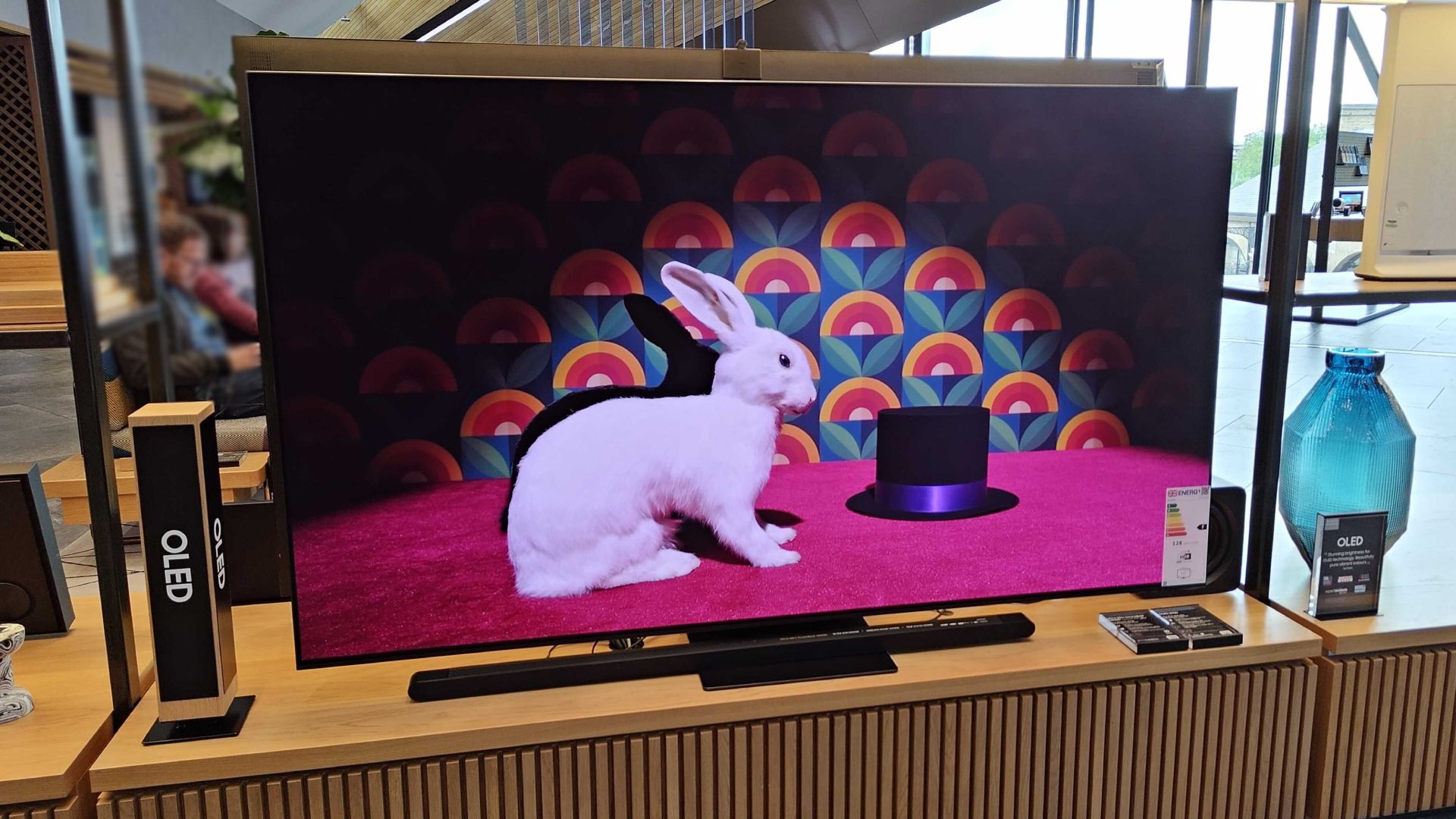
Waiting for events like Prime Day to pick up a new TV is a wise move, but actually deciding on a model isn't always straightforward. Not only do you need to triple-check prices to ensure you're getting the best deal, but you'll also want to make sure you're buying the right panel to pair with your specific gaming setup. Thankfully, we've been recommending and testing TVs for years, and we have a bunch of tips that'll help you make a decision.
We've already started looking into Prime Day TV deals, and things are looking pretty promising already. However, it's ultimately still up to you to pick out the right panel using our advice, and that doesn't always mean gunning for the best gaming TV. The deepest discounts can sometimes prove irresistible too, but you'll want to carefully consider specs and price to end up with a screen that'll satiate your needs.
Of course, we've included a bunch of tips below that should help prevent any Prime Day TV blunders. Whether you need something cheap and cheerful for your living room or a high-spec screen for the latest games, you can rest assured you'll find what you need following our handy guide.
What is Prime Day and when is it due to take place?
Confirmed by Amazon to take place this July, Prime Day 2024 will see thousands of products store-wide receive massive discounts across all manner of categories, including, of course, heavy reductions on technology and gaming items, hopefully including some of the top gaming TVs.
If you want to get these exclusive savings, then you will need an Amazon Prime subscription. As well as access to the offers, including the limited-time Lightning Deals, you will receive next-day delivery on the vast majority of your purchases. Membership also includes access to Amazon Prime Video, featuring hundreds of television shows and movies, with new additions every week.
Fortunately, Amazon is currently offering a 30-day free trial, so you can see if it is the right choice for you without spending any money at all. Or just sign up now and cancel after Prime Day without paying any monthly fees.
Whatever your reason for hunting down Prime Day TV deals (be it to take advantage of getting a great discount on something from our best TV for PS5 and Xbox Series X guide or to bring out the best in your Blu-ray box sets or Netflix list), we’ve done the legwork to provide you with everything you need to know when buying a TV this Prime Day. First up though, here are a few things you might want to avoid in order to get the best value TV for you this Prime Day.
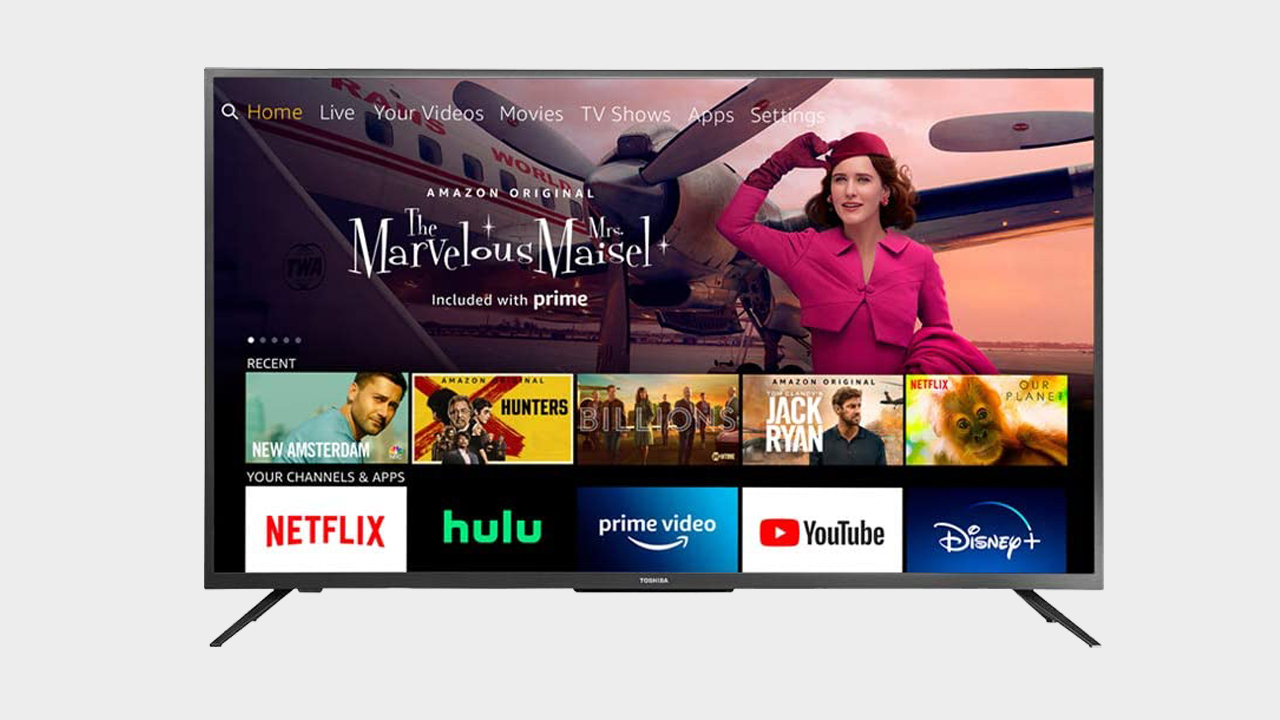
What to avoid when buying a TV this Prime Day
Full HD: One of the most important things to look out for when buying a new TV this Prime Day is the resolution of the device. With the advent of 4K becoming the standard in recent years, the one thing to steer clear of is TV sets marked ‘Full HD’. Panels with a 1920 x 1080 resolution are fine if you just want something cheap for your kids or a spare room, but otherwise, it's going to become outdated quickly. Instead, aim for TVs with phrases like ‘4K’, ‘UHD’ or ‘Ultra HD’ in their marketing (simply put, they have native 4K resolution).
50Hz displays: This is one for you gamers out there. Many of the cheaper TVs in Amazon's digital aisles have a maximum refresh rate of 50Hz. For movies and TV shows, this is fine. However, if you’re after something for your shiny next-gen console, stay well away. 60Hz (or more) is what you need to enjoy modern games at their full potential, especially shooters and fighting games.
Unknown brands: While Amazon generally does a good job at prioritizing reputable TV brands, such as Samsung and LG, it’s vital to note that some ‘sponsored’ products may be high in the search rankings. A good rule of thumb is to pay attention to the star ratings and avoid any products that have a mixed reception, which could be for all manner of reasons. No one wants to be stuck with a lemon.

Panel size: How to choose the right size TV on Prime Day
It’s easy to fall into the mindset that a bigger display is always going to be the best option, but in truth, it depends entirely on your circumstances. If you’re searching for a TV to be at the heart of your living room home entertainment system, then by all means look for something in the size range of 65-inches and above. However, big TVs can prove themselves to be cumbersome for apartments and bedrooms; this is evident when considering the space required to wall mount and the extended sizes of TV stands needed to support a hulking 85-inch beast.
At the same time, you don’t want to be squinting at your TV from across the room either. For living room use, a good starting point is 42-inches and above, with 55 inches being the sweet spot for many consumers. It should be noted, the average screen size at home for many Americans has been steadily increasing in recent years, as 50-inch panels have overthrown 40-inch models since 2014, as Statista reports.

Resolution: Helping you see clearly
4K: As touched upon above, this resolution has become the standard. If you’re spending serious money this Prime Day, you want the peace of mind of knowing that you’ve future-proofed your setup for years to come. Indeed, it was estimated back in 2018 that 31% of TV sets in American households were 4K, and those projections are showing no signs of slowing down, especially you really have to dig deep to find standard HD TVs at most retailers nowadays.
8K: As gamers, we know that many people want the latest and greatest tech to stay on top of current trends. Unfortunately, when it comes to super-high resolutions, there is little to recommend right now. For a start, 8K displays are not only very expensive (with larger sizes starting from $2,000+) but the support from TV networks, streaming platforms, and game consoles is too limited to justify the asking price - at least right now.
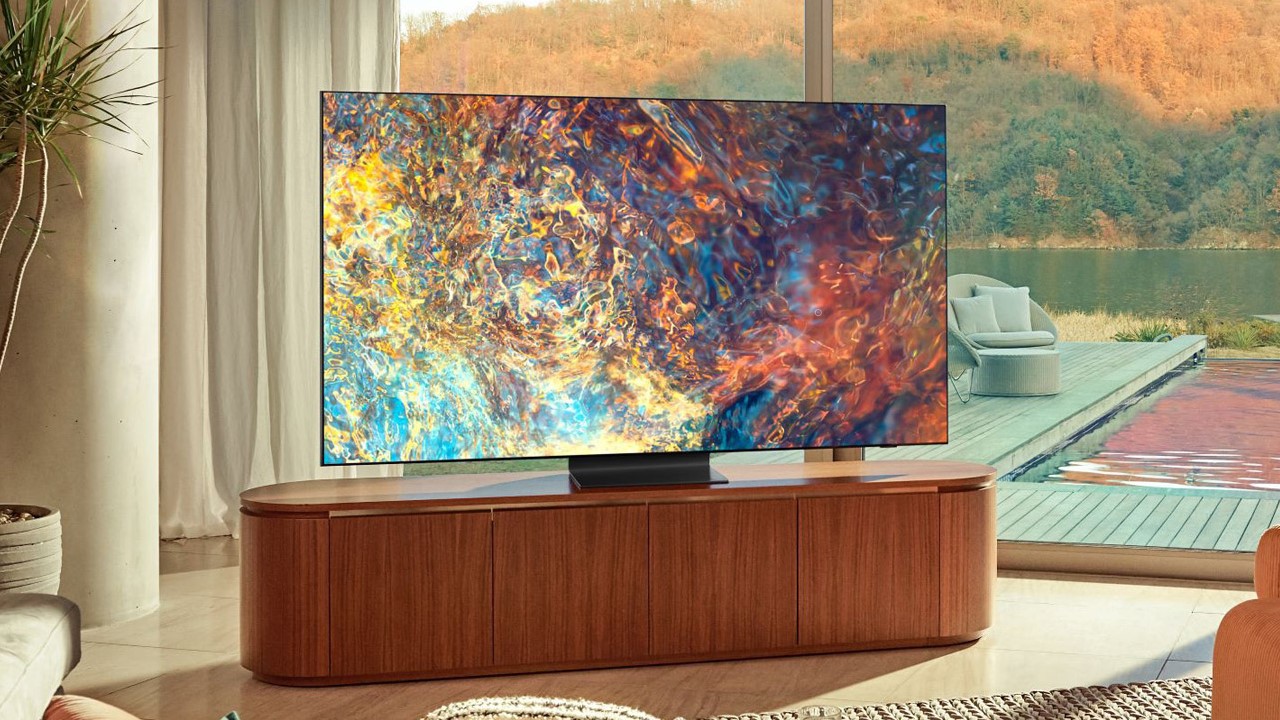
QLED, OLED, ULED: The differences you need to know
LED: The standard TV type. As the name would imply, these screens are powered by an array of individual LED lights instead of just the single backlight as found on LCD screens of the past. Make no mistake, however, all of these different screen types are still, in essence, LCD displays at their core. All 4K TVs use some form of LED backlight, as it’s essential for the high-fidelity contrast of colors that come with a bumped-up resolution.
QLED: Pioneered and manufactured by Samsung in 2016, but not exclusively as TVs from Sony, Hisense, and Panasonic have also featured the tech. The ‘Q’ refers to Quantum Dots; these do not emit their own light source but are a kind of colored filter that is placed over standard LEDs, bringing out better colors in the process. For more, check out our best QLED TV guide.
OLED: Despite a similar naming convention, OLEDs are, in fact, completely different to QLED and LED displays. The ‘O’ stands for Organic. OLED does not use a backlight of any kind and actually does emit its own light. What this means is that an OLED TV can be thinner with better viewing angles and deeper color saturation - with the price tag to boot; costing more than its contemporaries in general. For a deeper dive, head on over to our best OLED TV roundup.
ULED: A relatively new term in TV tech, the ‘U’ in this instance is for Ultra, and is the name coined by Hisense for its in-house software on its 4K television sets. If you want to get really technical, there are minor differences with the way the LEDs are arranged - and with how they ‘dim’ (on and off) in low light scenes - but these distinctions are virtually unnoticeable in practice to the human eye.
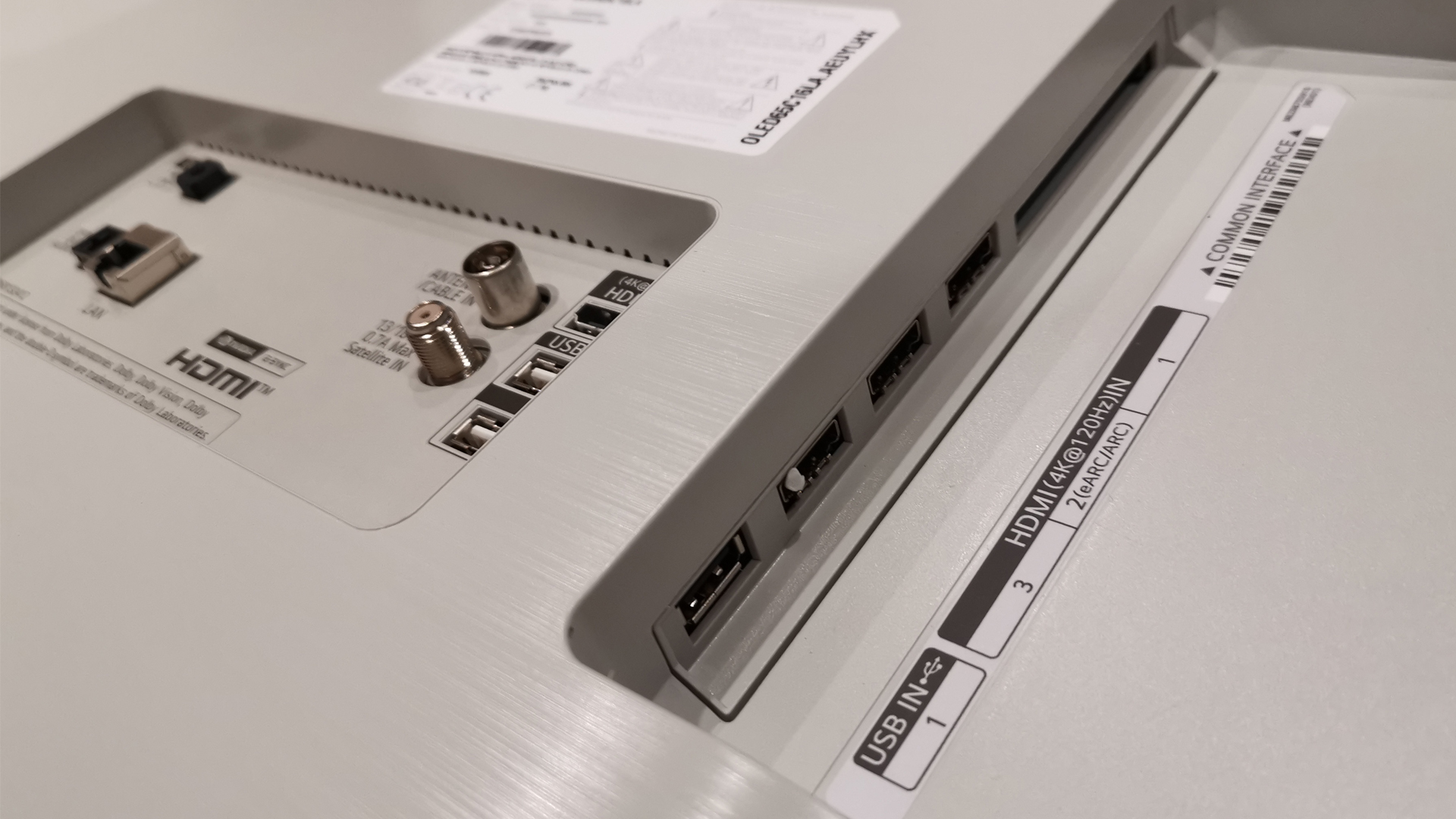
Staying connected: The ports that matter
HDMI 2.1: HDMI has been the standard for HD TVs since its introduction in 2006, but we wouldn’t blame you if you weren’t too clued up on its newest iteration. Simply put, HDMI 2.1 allows for a much greater stream of bandwidth which can support resolutions of up to 10K at 120FPS. What this means for the new consoles is that you will be able to display games in the highest resolutions available without having to compromise in the framerate department.
While this technology may be in its infancy now, it’s expected to become more in demand as PS5 and Xbox Series X titles begin to take advantage of the hardware. If running games at the fastest speeds if a must have for you, be sure to check out our best 120Hz 4K TV guide.
Ethernet: You’d be hard-pressed to find a modern TV that doesn’t include smart features in some way. However, as great as Wi-Fi can be, the best way to stay connected for updates and streaming is to be directly plugged into the router. This isn't just faster, but generally more stable as a whole; especially important for native 4K movies and television shows from Netflix and Disney Plus.
USB 3.0: While USB ports are nothing new on TV sets, many older units were using the slower USB 2.0 ports. USB 3.0 has become increasingly more commonplace since then (which is vital for using streaming sticks, as well as reading files from thumb drives), so it's a good idea to make sure your chosen TV has USB 3.0 in some capacity.
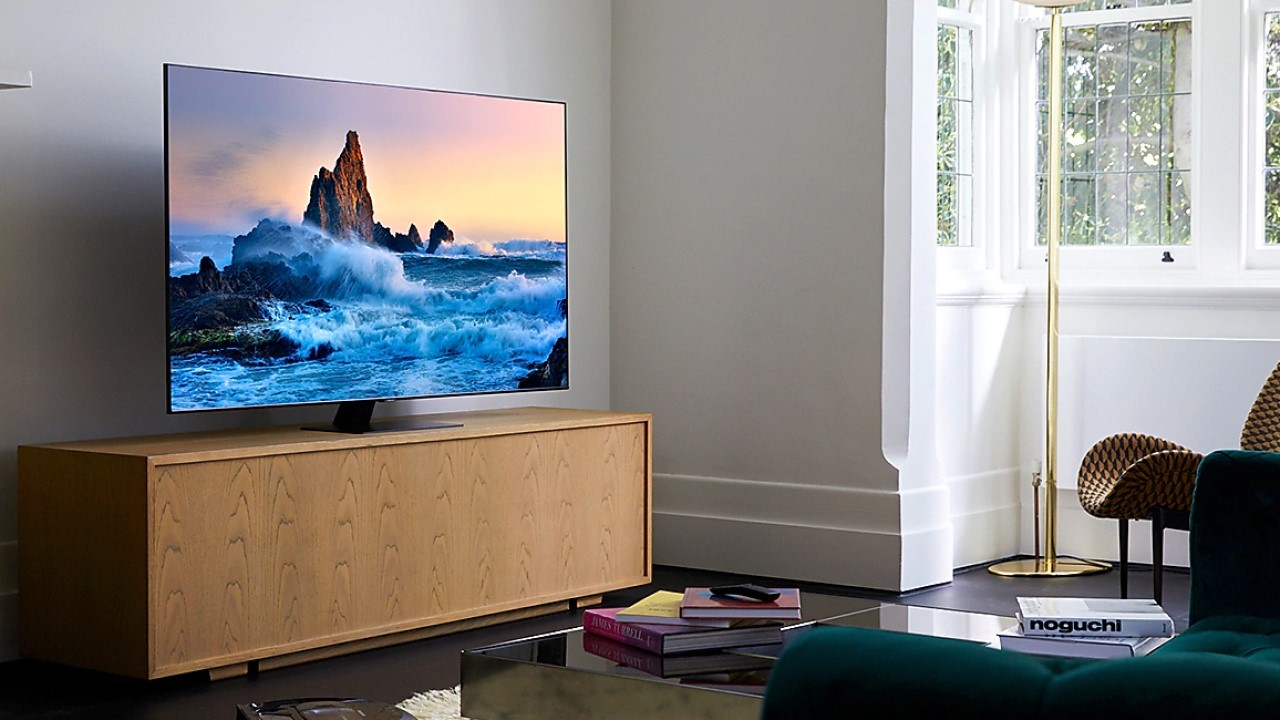
HDR: The simple guide to High Dynamic Range
To boil it down, HDR (High Dynamic Range) is a term that refers to overcoming the limitations presented by both broadcast television and standard Blu-ray formats with deeper blacks and a wider spectrum of colors than those formats allowed for in the past. It’s essential to remember that even though TVs support HDR, the content must be available in these formats to utilize its potential.
HDR10: This is the most widely available version of HDR which is featured on the vast majority of 4K TVs currently on the market. HDR10 is not beholden to any particular manufacturer, and it's the default HDR mode for most, if not all, Ultra HD Blu-ray discs as a result.
HDR10 Plus: The one downside to HDR10 is the ‘static’ look that comes with a generalized high-contrast boost to 4K media, and that’s where this upgraded variant comes in, allowing for a picture that is 4x brighter than standard HDR10. The drawback, however, is that HDR10 Plus is only supported by a small number of manufacturers like Samsung and Panasonic.
Dolby Vision: Another big name in the HDR game, Dolby Vision is not only widely supported by many different TV brands, but also by 4K-enabled streaming services such as Prime Video, Apple TV, and Netflix to name a few. It also, arguably, has the best picture out of them all, but it has less support overall than HDR10.
HLG: To summarise, 'Hybrid Log Gamma' was created in a joint effort by the UK’s BBC and Japan’s NHK. Think of it as a way to watch broadcast content, such as BBC iPlayer and even YouTube, with the benefits afforded by HDR. However, the trade-off here is that HLG lacks in picture quality compared to some of the other variants, it’s also less common in high-end units as a rule.
TVs are set to be a massive part of Prime Day of course, but we've already made a head start on rounding up the store's best early offers for Prime Day laptop deals, Prime Day PS5 deals, and Prime Day board game deals too.







